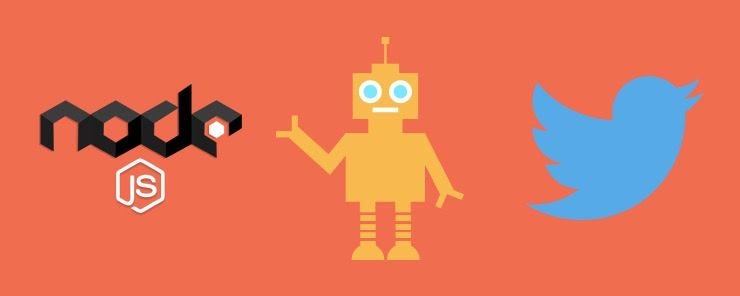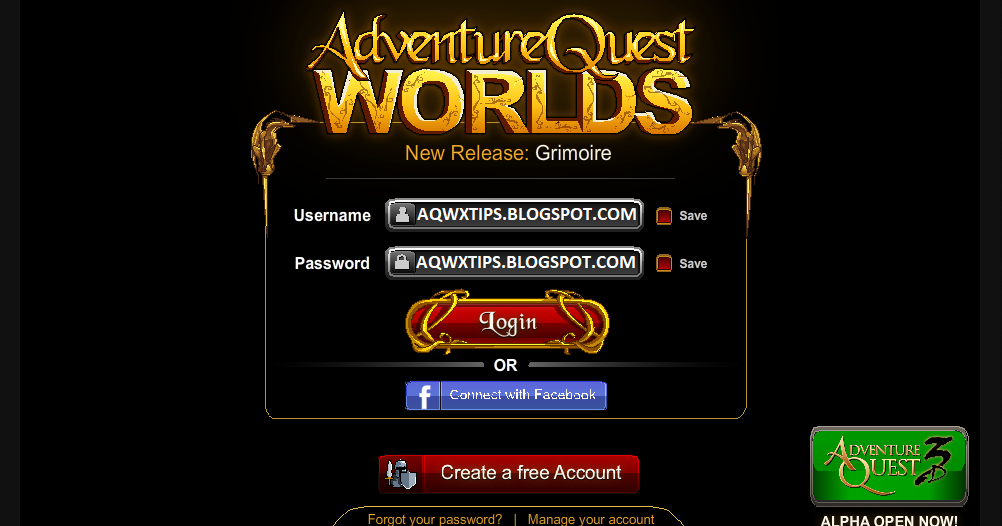On this occasion, TechTanker will share Download Le Bot Latest Version 2020 100% Working.I have tested this version of Le Bot (2020) and work. Le Bot 9.9 New Update makes it easy for aqworlds players to complete missions (Quest) and raise reputation (Reputation). Here's the bot to farm Void Auras for Necrotic Doom Sword. Requirements: - Must be RANK 10 in EVIL Recommended: - For Class: #Voidhigh Lord #Legion Doomknight #LightCaster Release Retrieve Void Auras Quest Bot for (CETERA / REVENANT) - MPGH - MultiPlayer Game Hacking & Cheats. Currently none of the bots are working except Grimoire 3.8 This bot is a little bit hard to use but it works. AQW - Revenant Bot R4.2 Working 2019 Here is the working version of Revenant bot R4.2. Causes a bot to be added to the game. 'botadd' will add a bot to the team specified by the 'botjointeam' cvar. 'botaddt' and 'botaddct' forces the bot onto the respective teams. Botkill This command takes either the name of a bot, or the keyword 'all' - causing all bots in the game to be killed. Currently none of the bots are working except Grimoire 3.8 This bot is a little bit hard to use but it works. AQW - Revenant Bot R4.2 Working 2019 Here is the working version of Revenant bot R4.2.
TIP
This page is a follow-up and bases its code off of the previous page.

As you get deeper into development, you may need to interact with sensitive data or data that gets used in multiple locations, such as:
Aqw Cetera Bot 2020
- Database passwords
- API keys
- Command prefix(es)
- A list of bot owner IDs
Having that kind of data hard-coded in each of your files can be a bit bothersome and is less than ideal, to say the least. This is where configuration files come in - they're great for storing static data that can be easily updated in a single place.
# Implementing your config file
Go to your code editor and make a new file. Add in the code below and save it as config.json, in the same directory as your main bot file.
Go back to your main bot file, locate the const client = new Discord.Client() line, and add this above it:
Next, copy your token from the client.login('your-token-goes-here') line and paste into the config.json file. Make sure to keep it between the double quotes.
Now you can simply do client.login(config.token) to login! If you want to use a different prefix than !, you can change that as well.
# Storing additional data
As previously mentioned, you'll probably want to store more than just your token and prefix at one point or another. If you want to store more data, just add another key/value pair to the list!
# Resulting code
If you want to compare your code to the code we've constructed so far, you can review it over on the GitHub repository here .
Using data files, it is possible to expose static data inside a bot'sscript without hard-coding it directly in Bubblescript.
This chapter explains how data files can be used inside Bubblescript,how the various data file formats work, and how you can define basicCMS features to let people easily edit these data files.
Using constants for configuration¶
Often it is the case that your bot needs data for it to work. Forinstance, your bot might need some configuration settings,e.g. opening hours, a list of e-mail addresses that can be contacted,a general welcome text, et cetera.
There are several approaches how you could store these data.
You could 'hardcode' them in your bot, e.g. like the following:
But, when your opening hours change, you need to look in the codewhere you defined this. For this reason, weadded constants, special variablesprefixes with a @, which function as read-only constants.
This way, the logic is separated from the configuration.
However, the constants are still in the same file as thecode. Wouldn't it be nice if we had a way to define these settings onanother place?
Data files¶
This is where data files come in. As soon as you create a data file,be it either a YAML, JSON or CSV file, these files get automaticallyexposed in the bot script as a @constant with the same name as thefilename.
So it is possible to create a YAML file, for instance settings.yaml looking like this:
And then the variable @settings will be exposed in yourscript. Given that this YAML file is an object, it contains a@settings.open_time and @settings.close_time property. Sony xperia transfer for mac.
The dialog becomes more simple:
And the actual value of settings.close_time is stored outside thescript.
Supported data types¶
The supported types of data are YAML, JSON and CSV.
Most of the time, you'll find yourself using YAML: an easy to read andwrite file format which uses white space to define a data structure, with lists and objects.Watch a video explanation about YAML here.


JSON¶
JSON is the JavaScript Object Notation: aformat mostly used by computers to interchange information. Use thisdata format if you have some external data that you want to staticallyincorporate in your bot, as-is. It is easy to make syntax errors withJSON, as it is picky with comma's and quotation marks.
Hint: if you need to edit the JSON later, you might want to convert it to YAML first.
CSV¶
Finally, Botsquad supportsCSV: Comma SeparatedValues, the format used by spreadsheets to present tabular data. Whencreating a CSV file, it is exposed in Bubblescript as an array ofobjects. The first line of the CSV file must contain the columnnames, and the comma (,) is used to separate the fields. Doublecheck thiswhen exporting data into the studio; some programs use the semicolon (;) bydefault.
Say, you have the following CSV file, called users:
Then you can iterate over this in Bubblescript:
Note
Data files can be made editable for non-technical users by exposing a basic Content Management System for them.
Exposing data files over HTTP¶
It is possible to expose some of the bot's data files on a HTTPendpoint. This way, by adding a Content ManagementSystem for the data, the bot can serve as aheadlessCMSfor some of your data.
To enable this, create a YAML file called http_endpoints, and create a structure like this:
After publishing, the contents from the script named my_data_scriptwill be externally exposed on an API endpoint calledhttps://bsqd.me/api/bot/:bot_id/content/config.

The http_endpoints contains a list of entries, each of which needs to have these keys:
Cetera Bot Files
method- the request method, needs to be'GET'currentlyroute- the part of the URL that the endpoint will be exposed on. The base URL for each entry point is alwayshttps://bsqd.me/api/bot/:bot_id/content/; the givenroutewill be appended to this.controller.type- set to'script'; meaning the content will be served from a data filecontroller.script_title- the script title of the data script to serve.
In the future, the HTTP endpoints functionality will most likely beextended to allow updates to the data as well as creatingalternative controller besides serving data from a data script.
Endpoint parameters¶
By default, the data that is served on the endpoints is served'un-localized'; that is; $i18n-structures inside YAML / JSON filesare returned as-is to the client. By passing in a lang= parameter,these structures are collapsed into their respective languageversions:
Exposing all files with the same extension¶
Would look at all data scripts with a given extension (in this case,all scripts named *.data) and expose these as an array under asingle endpoint.
